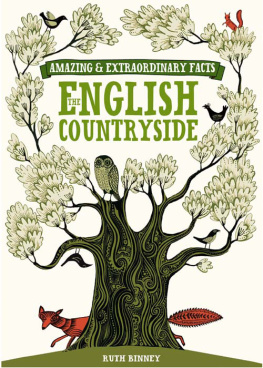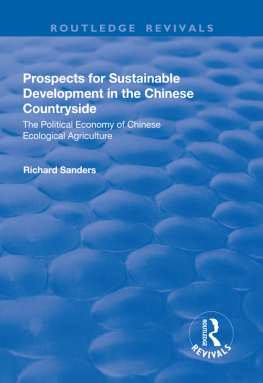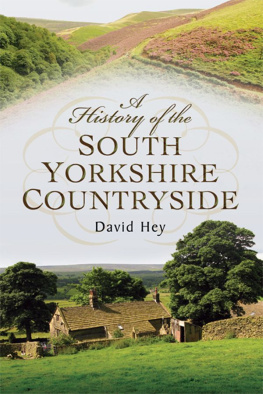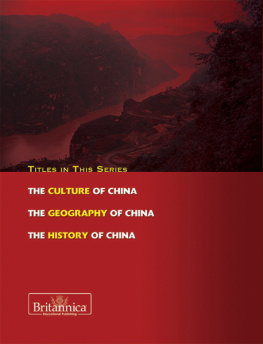
COUNTRYSIDE OF CHINA
The countryside is the place where we have been living for generation after generation. China has a vast territory and long history with great differences in natural conditions among different areas of the country. The natural resources and cultural content of the villages are very rich. The beautiful natural scenery of the Chinese countryside, the ancient village buildings, the authentic folk customs, the long standing farming culture, the simple and unsophisticated village workshops and the primitive form of labor create a unique vista in the countryside. The book provides a detailed description of 34 selected villages in order to show the natural and social phenomena of the countryside in China.
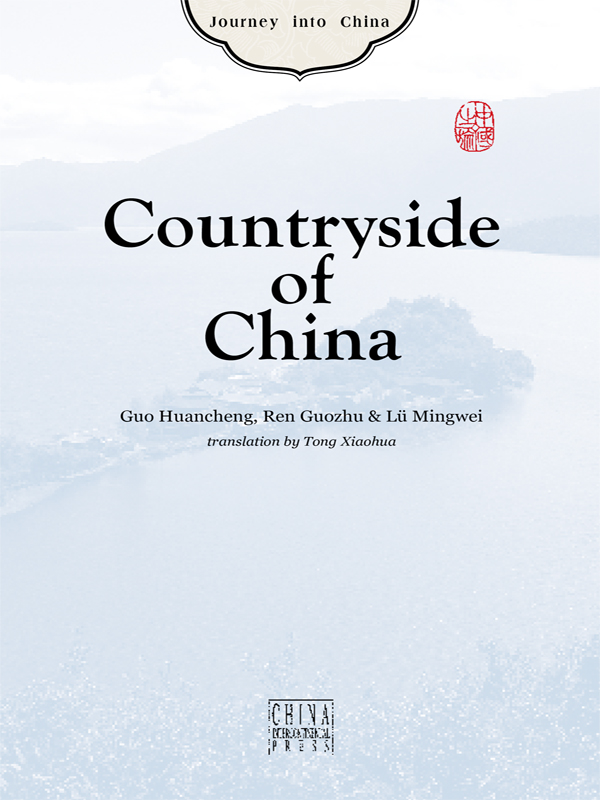
Contents
Foreword
T he countryside usually refers to the large areas outside of the cities. It developed from the first humans living together and is the place where we have been living for generation after generation. In the early living and working activities of our ancestors, people lived together to pool their resources to better defend themselves, thrive and gather resources. This concentration of people living together represents the earliest stage in the formation of the countryside in China. The formation of the countryside followed a slow process that took a million years from the first concentration of dwellings to living in caves and living near vegetation and water to scattered settlements in the countryside (semi-permanent settlements) to fixed villages in the countryside to fixed settlements of permanent residents. During the process of moving from living in caves and outside to living in buildings, after the beginning of division of labor, society entered the stage of scattered village settlements. As the level of agricultural production went up, the scattered settlements went from scattered and semi-permanent to become more stable as the size and scope of settlements grew. The development of the countryside in China was a slow process of change that began with a primitive form of villages that developed into ancient style of villages and finally the modern form of villages. As of the 1990s there were approximately 3.207 million incorporated villages in China containing 205 million households inhabited by 790 million people. During the long process of change and development in the Chinese countryside, the hardworking, simple people of ancient China developed a brilliant farming culture and ethnic traditions, writing chapter after chapter in the history of the peoples in the world.
China has a vast territory and long history with great differences in natural conditions among different areas of the country. The natural resources and cultural content of the villages are very rich. The beautiful natural scenery of the Chinese countryside, the ancient village buildings, the authentic folk customs, the longstanding farming culture, the simple and unsophisticated village workshops and the primitive form of labor create a unique vista in the countryside. It is like a scene in a painting of the countryside reflecting perfect harmony between people and nature. For example, the row on row of the terraced fields in Yuanyang, Yunnan, forestry farms in the snowed-capped Changbai Mountains, a sea of flowers in Wuyuan in spring, Zhouzhuang, a town of rivers and lakes in southern China and the melons in Turpan, Xinjiang. There are also country villages and dwellings that combine the thousands of years of traditional Chinese culture with religious ideals and folk customs. Examples of such historical buildings include the dwellings of the Naxi people on the Shuhe in Lijiang, Yunnan, the stockaded villages of the Dong people of Liping, Guizhou, the earthen buildings of the Hakka people of Yongding, Fujian, The grand courtyard of Qiao Family in Shanxi, the Huizhou dwellings of Hongcun and Xidi villages in Anhui and the watchtowers of Kaiping, Guangdong that combine Chinese and Western influences. There are also rural festivals, farming techniques, lifestyles and interesting tales that are rich in cultural content such as the Shehuo of the Central Plains and the dragon boat races of southern China. Moreover, China has 56 officially recognized ethnic groups including the Dai people of Yunnan, the Miao people of Guizhou, the Zhuang people of Guangxi, the Yao people of Hunan, the Li people of Hainan, the Uygur people of Xinjiang and the Tibetan people of Tibet, all of whom attract people to enjoy their local customs. These ethnic minority groups are good at singing and dancing. They are ebullient and unrestrained and have maintained their unique lifestyles and customs for generation after generation in the areas they inhabit, providing ample resources for tourists.
The Chinese countryside has been undergoing great changes since the government began instituting the reform and opening up policy. The rural economy has been developing rapidly. The lives of rural residents have greatly improved. The appearance of the countryside has changed considerably. The Chinese government has recently introduced the goals and requirements for building a new socialist countryside. Rural dwellers across the country are developing modern agriculture, improving the rural living environment, and building a new socialist countryside. During this process, a great many model villages and model plots for modern agriculture such as Huaxi Village in Jiangsu, Hancunhe Town, and Liuminying eco-friendly farms in Beijing and Longjing Village in Hangzhou, Zhejiang. These model villages and agricultural plots are prime examples of the new image and appearance of the new socialist countryside.
Countryside of China shows the natural and social phenomena of these villages in the Chinese countryside through a combination of tradition and modernity. The book provides a detailed description of 30-plus selected villages in China using both text and illustrations. The book covers traditional dwellings, folk customs and marriage customs, farm life, country scenes, farming culture, ethnic culture and the building of a new socialist countryside, reflecting the unique traditions of various types of villages in different regions of the country. It could be said that Countryside of China is a tour to see the natural and human sights in the Chinese countryside, as well as a tour to see the folk customs and culture in the countryside and a tour to see ethnic minority culture. The abundant natural resources, agricultural resources, human resources, and folk culture resources are the outstanding features of the Chinese countryside. The countryside attracts large numbers of Chinese city dwellers, resulting in a great exchange of concepts, culture, news, and knowledge between urban and rural areas of the country. Moreover, the Chinese countryside is attractive to overseas tourists who come to appreciate the folk customs of Chinese rural residents, thereby increasing understanding among different peoples of the world and promoting mutual development of all countries of the world.
Anything to do with national culture belongs to the world. The countryside of this rapidly developing country of China, with its unique mix of ethnic groups, is now coming into view for our friends at home and abroad and becoming a focal point for increasing friendship among the peoples of the world. The countryside of China is welcoming friends from all over the world with their new image and enthusiasm.
Guo Huancheng
March 6, 2007
Traditional Homes with Picturesque Beauty
D uring the many thousand years when people lived in an agricultural society, the level of productive forces was quite low. People took a simple ecological outlook and created the best possible living environment for themselves by conforming to nature and building a suitable living environment using simple techniques. Traditional Chinese homes were adapted to local natural conditions and climate and drew of the rich sensitivity and aesthetic sensibility of their builders. Because the natural conditions and cultural situation differed from place to place, a great diversity of house styles appeared that was rarely matched in the history of architecture.






